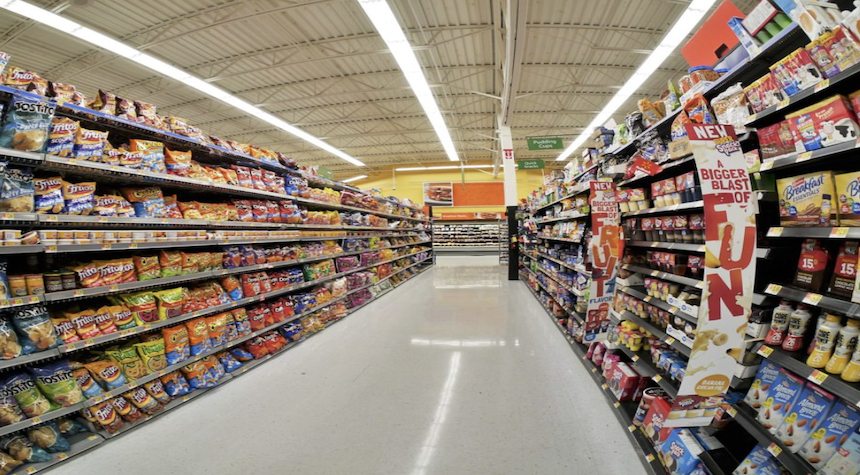Walmart has increased its focus on the grocery business, as consumers continue to turn to it for their food requirements amid persistent inflation.
The largest retailer in the United States reported that in the previous quarter, sales in its U.S.-based stores increased by 5.3%. It continues to increase its market share in grocery and general merchandise categories.
Walmart CFO John David Rainey stated that as the world’s biggest retailer attracts more consumers who are cost-conscious, it will also remodel the produce section of its stores, and increase the food selection it offers.
Rainey stated, “We have a high-quality product offering that invites people in. It’s a far broader selection than we had in the past.”
Consumer Price Index data shows that food prices rose by 2.7% in November. Fresh vegetables rose even higher at 2.9%.
The company is building modernized stores, and remodeling hundreds more. In the last three years, it has renovated an average of 700 stores per year. It plans to remodel more in the next year. New and updated stores feature improved layouts, a larger product selection, new signs, fresh paint, and shopping carts.

Rainey credited Rainey’s private brand for its success, in addition to its improved aesthetic. Walmart’s private brand sales are increasing, partly due to consumers’ attention to price in times of high inflation. Bettergoods is the latest and largest private label that Walmart has launched. It includes 300 products including frozen food, dairy products, snacks, drinks, pasta, soups, and coffee.
Rainey stated that the quality of the foods has also improved.
Rainey added that the quality of the product is “much different” than in previous years.
Walmart also benefits from the growing convenience-driven consumer base. Rainey said that one-third of Walmart customers pay extra for food delivered faster.
Walmart’s shares rose by over 70% in the last year, outpacing S&P 500 gains of 20%+.
The $25 billion merger between Albertsons & Kroger collapsed after federal regulators expressed concerns that it would reduce competition in the grocery sector. This would have been the biggest merger in the history of the grocery industry.

The U.S. district judge Adrienne Nelson stated that the plan presented by the two companies, to lower grocery prices and to divest over 500 stores, failed to address concerns regarding reduced competition in the industry and its impact on consumers and workers.
Albertsons, who sued Kroger after the merger for not doing enough to achieve it, said the deal would have increased competition, lowered the prices, raised associate wages, protected jobs in unions, and improved the shopping experience of customers.
Albertsons Companies had 2,267 retail stores, 1,726 pharmacies, and 405 fuel stations, as of September. They also operated 22 distribution centers and 19 manufacturing plants.
Kroger also operates 2750 grocery retail outlets under various banner names including Krogers, Ralphs Dillons Smith’s King Soopers, Fred Meyer, and Dillons.
Walmart has just under 4,600 stores in the United States. Sam’s Club has about 600 stores in the United States.



